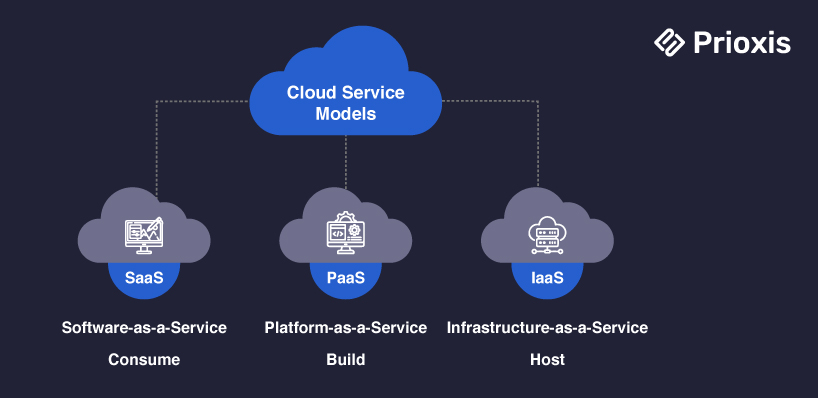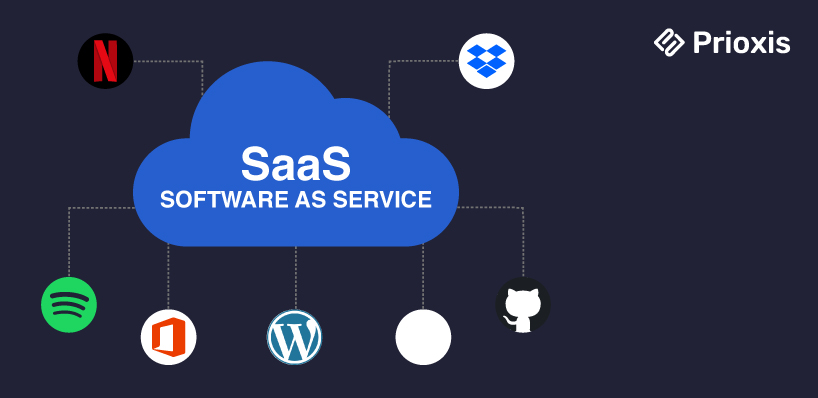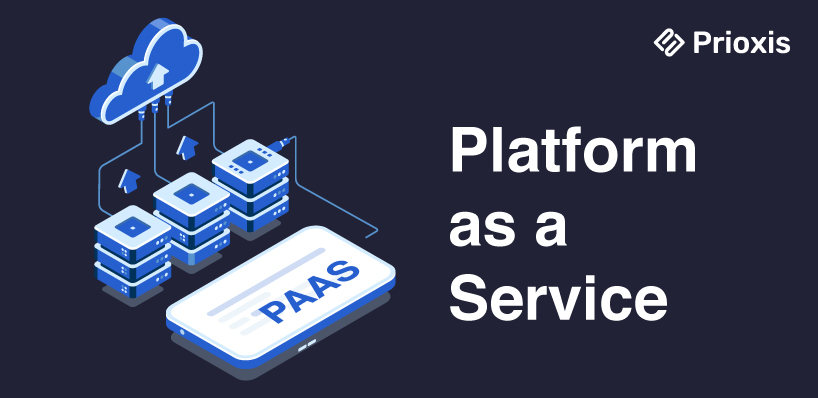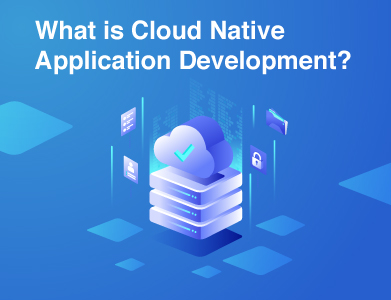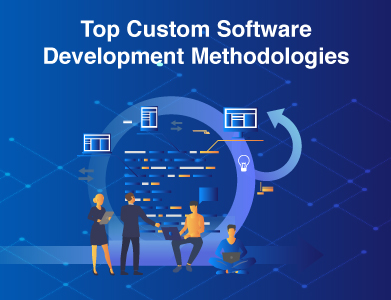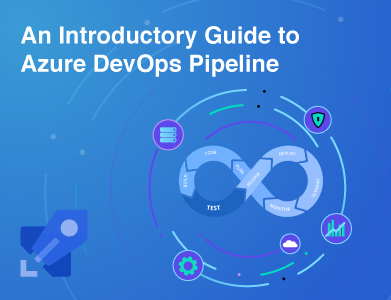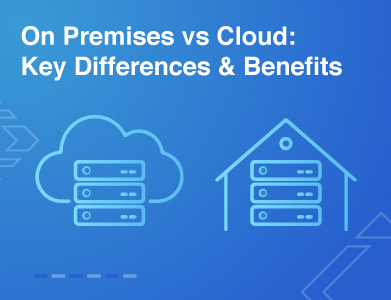Types of Cloud Service Models for Businesses
 Admin
Admin Cloud
Cloud May 02, 2024
May 02, 2024

Table of Content
Cloud is the most sought-after technology by businesses. Major tech giants like Microsoft, Google, and Amazon continuously work in this field, making it very lucrative for companies. In fact, the total cloud computing market will reach $1266.4 billion by 2028.
However, to implement cloud development technology successfully in your organization, you have to select a suitable cloud service model. In this blog, you will learn about the three most popular cloud service models that are widely adopted by businesses.
What is Cloud Computing Service Models
The cloud service model is a structure or framework cloud service providers use to provide computing services over the Internet. In simple words, cloud service models refer to ways cloud services can be provided to organizations or companies. There are three types of service models: SaaS, PaaS & IaaS. Each model has its pros, cons, and applications.
These Cloud Service Models allow your business various levels of control, flexibility, and management over your IT resources.
“The cloud services companies of all sizes… The cloud is for everyone. The cloud is a democracy.” — Marc Benioff, CEO – Salesforce.com.
Types of Cloud Computing Service Models
There are three types of cloud service models.
- Software as a Service(SaaS)
- Platform as a Service(PaaS)
- Infrastructure as a Service(IaaS)
Let’s look at them one by one.
Software as a service (SaaS)
In the SaaS model, businesses can access software over the Internet via a subscription model. Under this model, the vendor provides ready-to-use software and hosts everything: Servers, Storage, Networking, Middleware, and Data Storage. Plus, they also take care of the updates and patches.
SaaS is the most dominating model in the Cloud Native Development Services market. Gartner forecasts that SaaS will generate more than $208 billion in end-user spending in 2023.
You may also have come across platforms using this model many times. With 6 billion businesses using it, Google Workspace is a prime example. If you use G Workspace, you know you can access it directly from your browser without downloading it.
Thus, with SaaS development, you get a ready-to-use application without needing to download and install the same. This is why it is also known as “On-demand Software”.
Example
Some well-known examples of SaaS are Netflix, Dropbox, Shopify, and Google Workspace.
Pros
Use Anytime, anywhere
You can access SaaS applications from any device no matter where you are. This helps your team to work remotely and also boost collaboration. Plus, you also need not worry about keeping the software updated on every device.
Payment model
Most SaaS providers offer a subscription model. This way you know in prior how much monthly expense are you incurring on this software. You can thus avoid any hidden surprises and create a budget easily.
Minimal Cost
If you don’t want to make a huge investment in creating an application this model is the best. As the third party takes care of everything from creation, and maintenance, to security of the software. This can be super cost-effective.
Challenges
Data security
As a third-party vendor maintains and updates the application, you have no control over the security of your data. So, if a leak happens, anyone can have access to your data.
Open Integration
This is a major challenge with SaaS implementation. You may find it difficult to integrate it with existing applications and services. So, if a SaaS model doesn’t support open integration, compatibility issues may arise.
Limited Customization
When you host an application you get more control over the application and cloud app modernization. So, you may customize it as per your unique needs and have to operate it as offered by the provider.
When to Choose This Model?
A SaaS application is ideal when
- You want to give minimal input to an application.
- If you are just starting your business or running a small business this can save you a lot of money and time.
- Also, if you have a small project and want to get done with it quickly.
Platform as a service (PaaS)
In this model, the Cloud Native Development Services rely on virtualization. In PaaS, you get framework software and tools needed to build apps and software– all accessible through the internet.
Thus, in SaaS, you get access to software through the internet, whereas in PaaS you get online tools, Cloud Native Application development frameworks, databases, and infrastructure to streamline an application development process.
Example
Amazon web services, Google Cloud platform, Oracle Cloud platform, Microsoft Azure, and IBM Cloud.
Pros
Collaboration
If you are relying highly on remote working, this can be the most suitable model as it allows multiple-user access. Also, this model provides necessary tools to development and operation teams which they can access through the internet from anywhere.
Deploy Faster
As developers don’t need to start from scratch, they can deploy the Cloud Native Application Development faster in a few hours rather than spending months on it.
Save Time and Money
With PaaS, your developer can save time in writing long codes. This brings their creative side like testing, deploying, and creating. They are also freed from the task of software updates and security patches
Challenges
Limited Control
If you need complete control over your IT resources, compliance, security, or customization this model may not be suitable. This is because a third-party provider manages the underlying infrastructure.
Data Security
As a third-party provider manages the framework, there may be concerns of privacy. You must ensure that your data is protected from unauthorized access and breaches.
Runtime
You may find it difficult to find a PaaS solution tailored to your language and business framework.
When You Need this Model?
The PaaS Model is Ideal when;
- If you need a setup where multiple developers can work together on the same project from anywhere.
- If you are starting your business, and need to develop your application developers only need to focus on deploying the app.
- If you are a large organization and want to streamline your updates and maintenance of security patches.
Infrastructure as a service (IaaS)
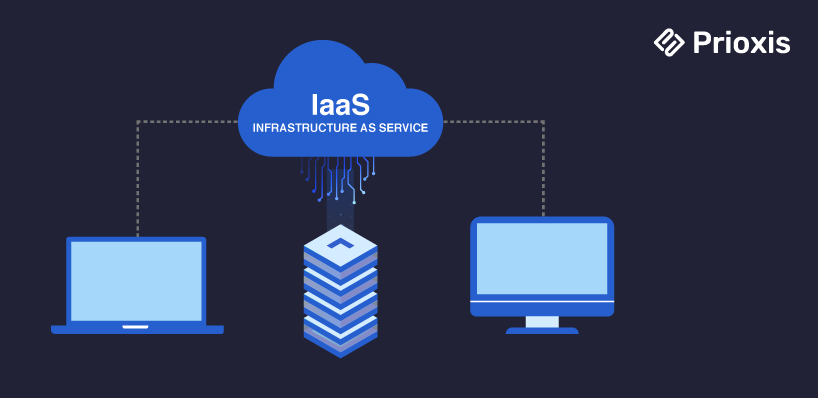
This is one of the most flexible Cloud Computing Service Models. In this model, a third-party provider offers you virtualized computing resources such as storage, servers, and networking online. In this model, you can have complete control over you’re the hardware that runs your application or stores data.
You have a pay-as-you-go model, allowing you to expand or reduce resources on demand. Thus, you can manage your resources as per needs online instead of buying and maintaining costly hardware.
Example
Digital Ocean, Linode, Rackspace, AWS, Cisco Meta pod, Microsoft Azure, Google Compute Engine (GCE)
Pros
No Onsite Infrastructure Needed
Maintaining on-premise physical hardware can be time-consuming and costly. Plus, you have to maintain and update them regularly. With IaaS you get rid of all this. Also, you can purchase more resources as you grow.
Quick Deployment
As you have more scalability in this model, you can test new ideas quickly and deploy them faster to more users.
Better Security
IaaS provider offers better security measures, two-factor authentication, and disaster recovery plans ensuring business continuity.
Challenges
Internal Challenges
As you will be moving to the cloud from on-premise you may face the challenge of migrating some of your legacy data. Plus, you need to incur training expenses if your IT team is not well-versed with cloud setup.
Time consuming
Because the third-party provider offers only servers and API, you need to configure everything else on your own.
When You Need this Model?
The IaaS Model is Ideal when;
- If you are running an e-commerce business and see constant spikes in your traffic as you can scale up and down on demand
- If you are a start-up it is not viable to spend most of your capital on setting up IT infrastructure
- If you want to set up a quick development and testing environment
Cloud Service Model Differences
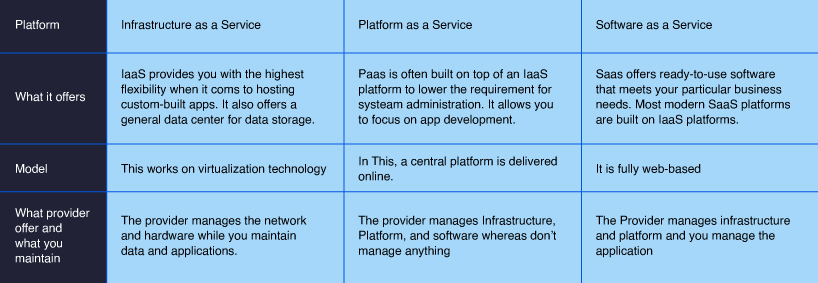
Wrapping Up
The answer to your business’s desire to increase productivity and efficiency is cloud computing. However, choosing a suitable cloud service model is extremely important to succeeding in a cloud model. Each of the Cloud Service Models has its benefits and challenges, and it is up to you to decide what benefits outweigh the challenges.
If you need any help with cloud computing services or Cloud Native Application Development, you can count on us. With years of experience in cloud environments, our developers have made cloud computing fruitful decisions for many businesses like yours.
Get in touch
Latest Posts
Contact Us Now to Get Started with Cloud Computing
01What is the best - SaaS, PaaS or IaaS?
The best Cloud Native Development Services model depends on your business needs. Each one offers different features and tradeoffs. So, if you need out-of-the-box features without maintenance, SaaS may be best. If you want to build your own applications, PaaS can provide the right platform. And if you need maximum flexibility and control over infrastructure, IaaS is the way to go.
02What's the difference between PaaS and SaaS Cloud Service Models?
The key difference is that with SaaS, the entire application is managed by the provider. You just use the software. With PaaS, you get a platform to build your custom Cloud Native Application Development.
03What's the difference between IaaS and PaaS Cloud Service Models?
With IaaS, you have more direct control over the operating systems and other low-level infrastructure. In PaaS, you have greater control over your own applications and software, while the platform provider manages the infrastructure.

